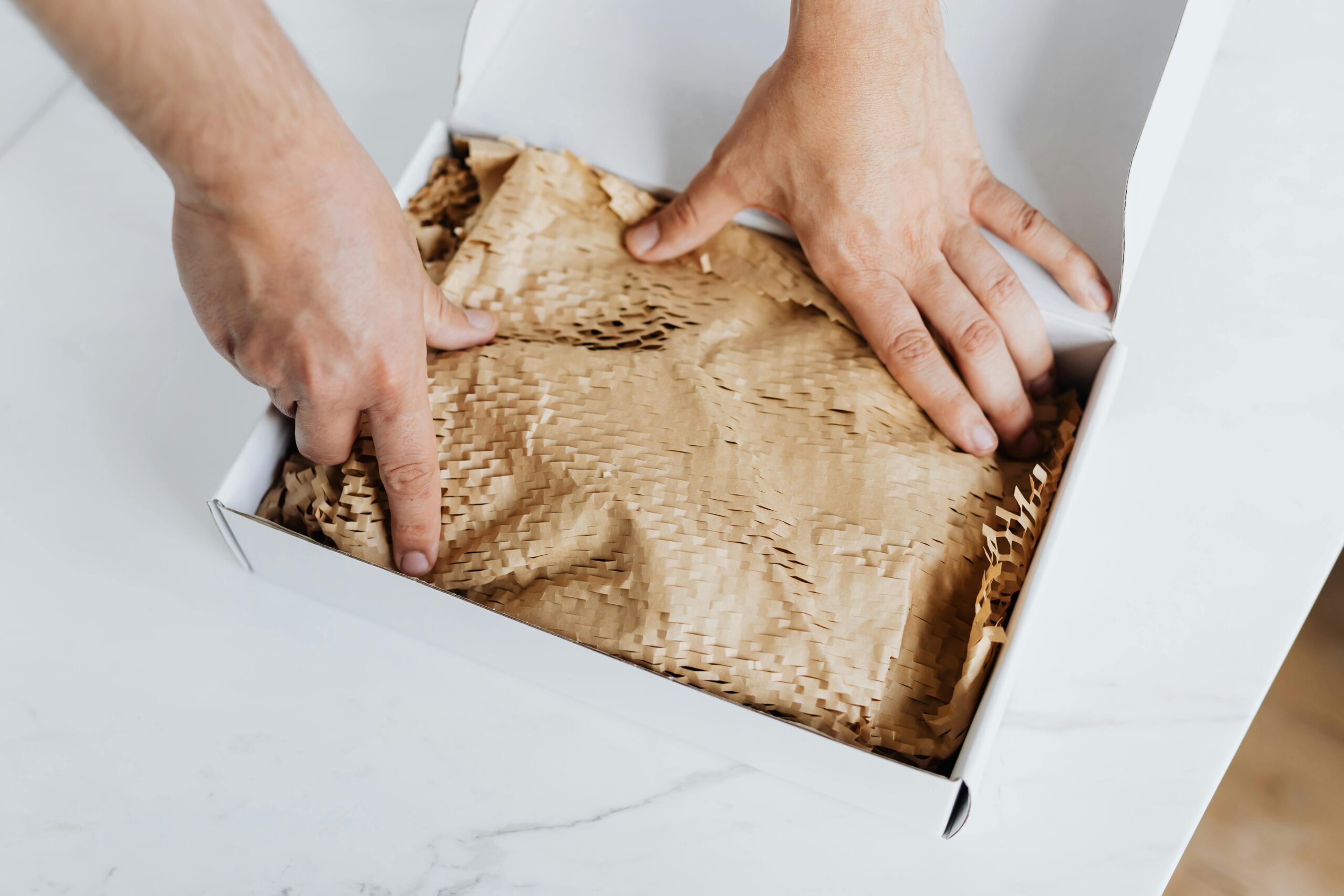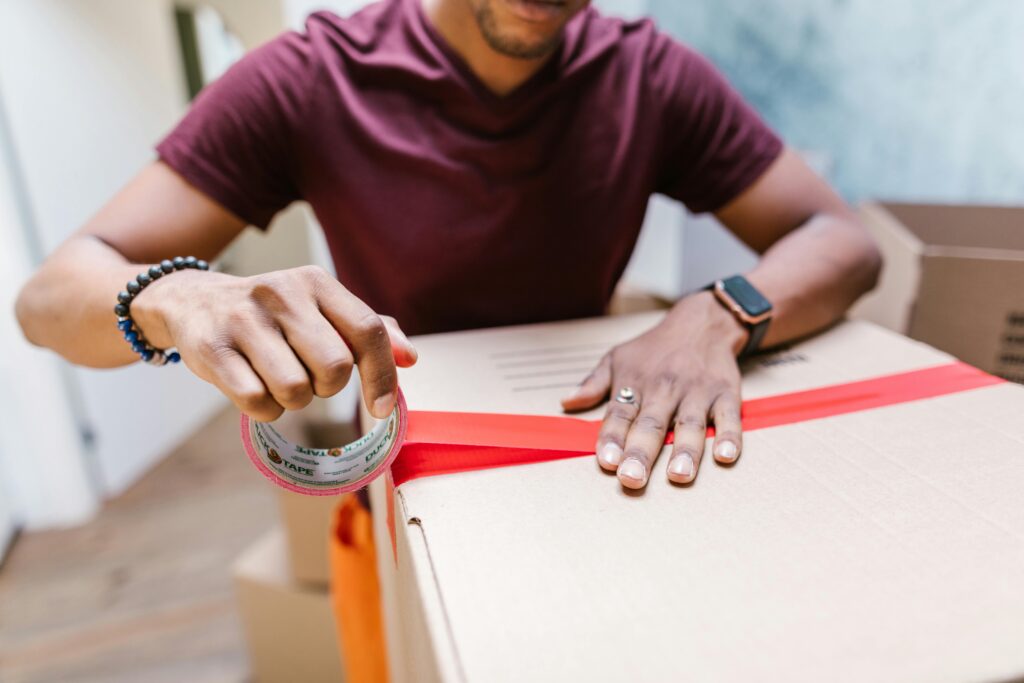
Do I Need Special Packaging When Sending a Parcel With a Courier?
If you’ve never booked a courier before, the process can seem a little daunting. Large businesses across the UK use courier services daily, so they’re familiar with how everything works. But for individuals or smaller businesses, it can feel like new territory. Here’s some top tips for people booking their first courier service.
Courier Services Aren’t As Complicated As They Seem
The good news? Couriers aren’t as complicated as you might think – and they’re becoming more popular every year. In fact, most people already use a type of courier service without realising it. Think about food or grocery delivery apps: a driver collects goods from one place and brings them directly to your door. That’s essentially what a courier does—just on a broader scale, often handling documents, parcels, and urgent deliveries.
If you’re arranging a courier for the first time, don’t worry. With the right approach, it’s a quick and straightforward process.
Should I Package My Item Differently For a Courier Collection?
Even though different services may seem to require different approaches, one rule always applies—package your items securely for transport. Whether you’re sending something through the post, via overnight delivery, or with a same day courier, protecting your goods is essential. Safe, well-packaged items not only ensure a smooth delivery process but also provide peace of mind for both you and the recipient.
Use appropriate packing materials to reduce likelihood of damage
Using protective packaging materials is one of the most important rules to follow when sending items by courier. No matter how far your goods are travelling, the right packaging can make all the difference between a smooth delivery and a damaged one. Take “DO NOT BEND” items, for example – such as vital documents or photographs. These should always be sent in packaging that keeps them rigid, like a hard-backed envelope or reinforced insert, ensuring they arrive exactly as intended.
Ensuring the item is weather-proof for longer journeys
When your courier is transporting goods across the country, especially during the colder months, weather-proof packaging is essential. Poor weather can easily cause issues if items are packed in non-resistant materials. For cardboard boxes, it’s best to reinforce the corners and edges to prevent splitting or tearing during transit. In cases of heavy rain, wrapping the parcel in cellophane or another waterproof material provides an extra layer of protection against water damage. This step is particularly important when sending paper-based products or electrical items.

Our Couriers Handle Your Goods With Care
No matter how a parcel has been packaged, our couriers are trained to handle every delivery with care and precision. Each courier undergoes thorough training to maintain the highest standards, ensuring that the final stage of delivery reflects the quality and reliability that eCourier is known for.
So, How Should I Package My Goods For Transit?
To ensure a smooth delivery, packaging should always be tailored to the contents of the parcel. Placing a small, fragile item in an oversized box with little padding increases the risk of damage.
For fragile goods, use a box that’s appropriately sized—not too large or too small—and secure the item with protective padding such as bubble wrap to absorb any shocks during transit. When sending perishable, electronic, or non-water-resistant items, always use weatherproof packaging that also provides sufficient shock absorption to protect against unexpected impacts.
Pack Smart, Deliver Safe.
Packing a parcel for courier delivery is no different from preparing one for postal or international shipping. The key priority is ensuring the packaging is durable enough to withstand transit, helping to prevent damage and avoid customer complaints.
Don’t have an account? Don’t worry! Register here in less than 2 minutes.
